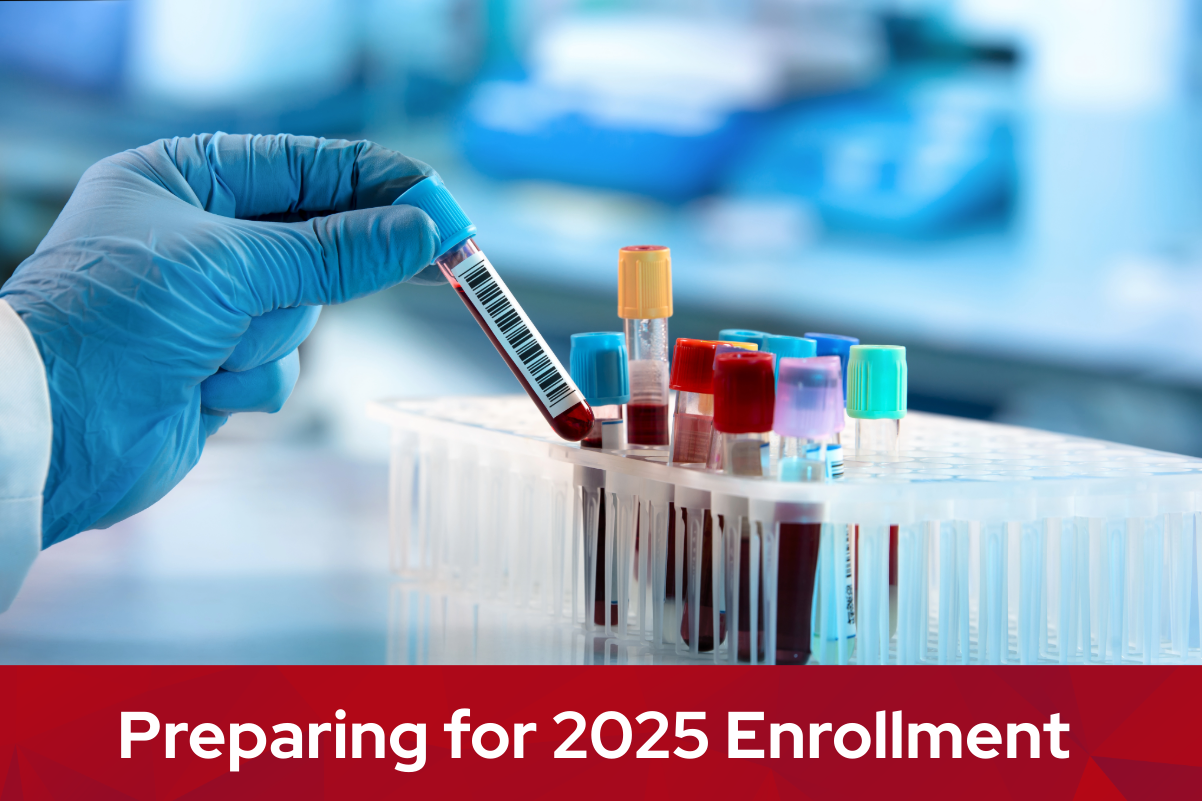As the 2025 proficiency testing (PT) enrollment period approaches, it’s time to ensure your clinical laboratory is not just ready but ahead of the game. Navigating the new CLIA proficiency testing rule and optimizing your lab’s procedures can seem daunting, but it is also an opportunity to optimize your laboratory’s standards and performance. Below you will find an overview of information to help your laboratory prepare for the new CLIA PT requirements as you enroll in clinical proficiency testing for 2025.

- Understand the New CLIA PT Requirements
In July 2022, CMS unveiled significant updates to the CLIA PT requirements, effective January 1, 2025. These changes, including new regulated analytes and revised grading criteria, are designed to enhance laboratory accuracy and reliability. For a deep dive into these updates, refer to WSLH Proficiency Testing’s CLIA PT Requirements page. On our webpage, you will find detailed tables that list the new CMS-regulated analytes with their corresponding modules and revised scoring criteria.
Further changes will be communicated closer to the implementation date of January 1, 2025.
If you have any questions about the new requirements, please contact WSLH PT at 800-462-5261 or ptservice@slh.wisc.edu.
- Evaluate Your Current PT Providers
Assess the capabilities of your current PT providers in light of the new requirements. Ensure they are accredited and able to support your laboratory in meeting the updated standards. Consider enrolling with multiple providers to enhance quality assurance.
Diversifying your PT providers can offer substantial benefits. Lab manager Julie Steele successfully utilizes both CAP and WSLH PT to achieve a balance between quality assurance and cost-effectiveness. Annually comparing PT catalogs and verifying provider accreditation can ensure your lab remains adaptable and resilient to transitions and staff changes. Discover more about this approach here.
- Review and Update Laboratory Procedures
Conduct a thorough review of current procedures and update them to align with the new CLIA requirements. This includes revising testing protocols, documentation practices, and compliance checklists. In particular, creating and optimizing your documentation protocol is key. Learn about best practices in PT documentation in this MLO article. Laboratory Manager Vicky Norrish can attest to the importance of creating excellent policies and procedures to better empower her staff. You can read about her experience and more at Grinnell Regional Medical Center on our blog. Detailed workflows, procedures, and checklists for every PT process stage, from enrollment to post-analysis, help laboratories maintain compliance with greater ease.
Conclusion
Successfully managing transitional periods can be a challenge, especially when it comes to updates to regulatory compliance. Clinical laboratories will need a robust plan for handling changes, including staff training and updating your PT provider enrollments. WSLH Proficiency Testing is here to assist your laboratory with the transition. If you have any questions about the CLIA PT requirements or would like a one-on-one consultation, please do not hesitate to contact our team of technical experts at ptservice@slh.wisc.edu, or by calling our toll-free number (800) 462-5261.

